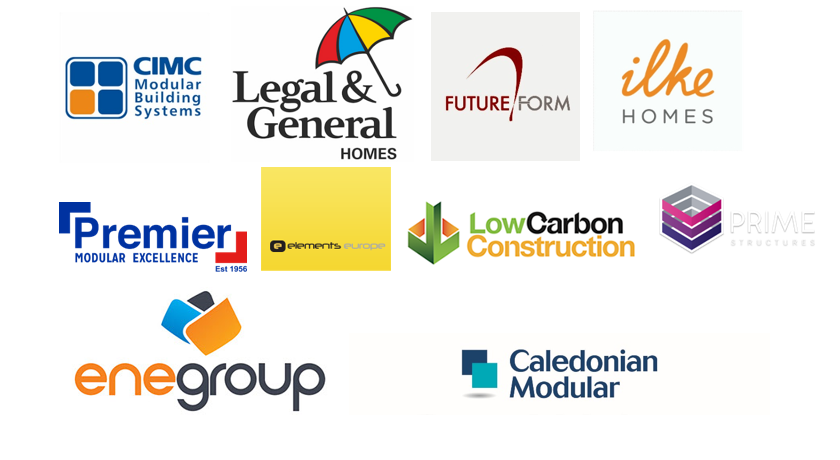Modular or 'Off-Site' Construction
In recent years, there has been a considerable surge in ‘Modular’ or ‘off-site’ construction.
This is where, rather than building a development in-situ, in all-weathers and bringing the labor to site, the project is built in a fixed factory location and on a ‘production’ line.
There was a general misconception that prefabricated or ‘prefab’ houses were inferior to the more traditional built properties because they were erected in a hurry or used inferior materials. This is because they mainly became a common sight after WWII, when money and labor was scarce and materials harder to source due to the general rebuilding program. Despite the original prefab houses having a design lifespan of only 10 years (prefabricated homes were meant to be a temporary fix), there are still thousands of them in still standing 70 years later and perfectly habitable.
This has meant that since the 1980’s prefabricated homes have struggled to gain a foothold, but with the current housing shortage, public opinion is changing and changing rapidly. In recent years, large scale modular housing projects have been designed and approved for development.
Household names such as Legal and General have started L&G homes, KeepMoat have teamed up with modular building experts Elliotts to form Ilke Homes, and long time modular construction standard bearers such as Premier Modular, Future Form, Enevate and Elements Europe have entered the fray. Overseas competitors include We-Link and CIMC – the current world leader in offsite construction due to the adoption and adaption of their own shipping containers into habitable spaces.
As a result, modular construction or off-site assembly of new homes is becoming a common sight, on sites the length and breadth of the UK.
The advantages of modular construction are:
- All year round, 24/7 construction is possible whatever the weather
- Tradespersons are in continual employment local to their homes
- Quality can be closely monitored and incremental improvements implemented
- Speed of assembly on-site can considerably reduce build program times.
- Materials can be pre-configured reducing waste
- Waste removal on site is considerably reduced
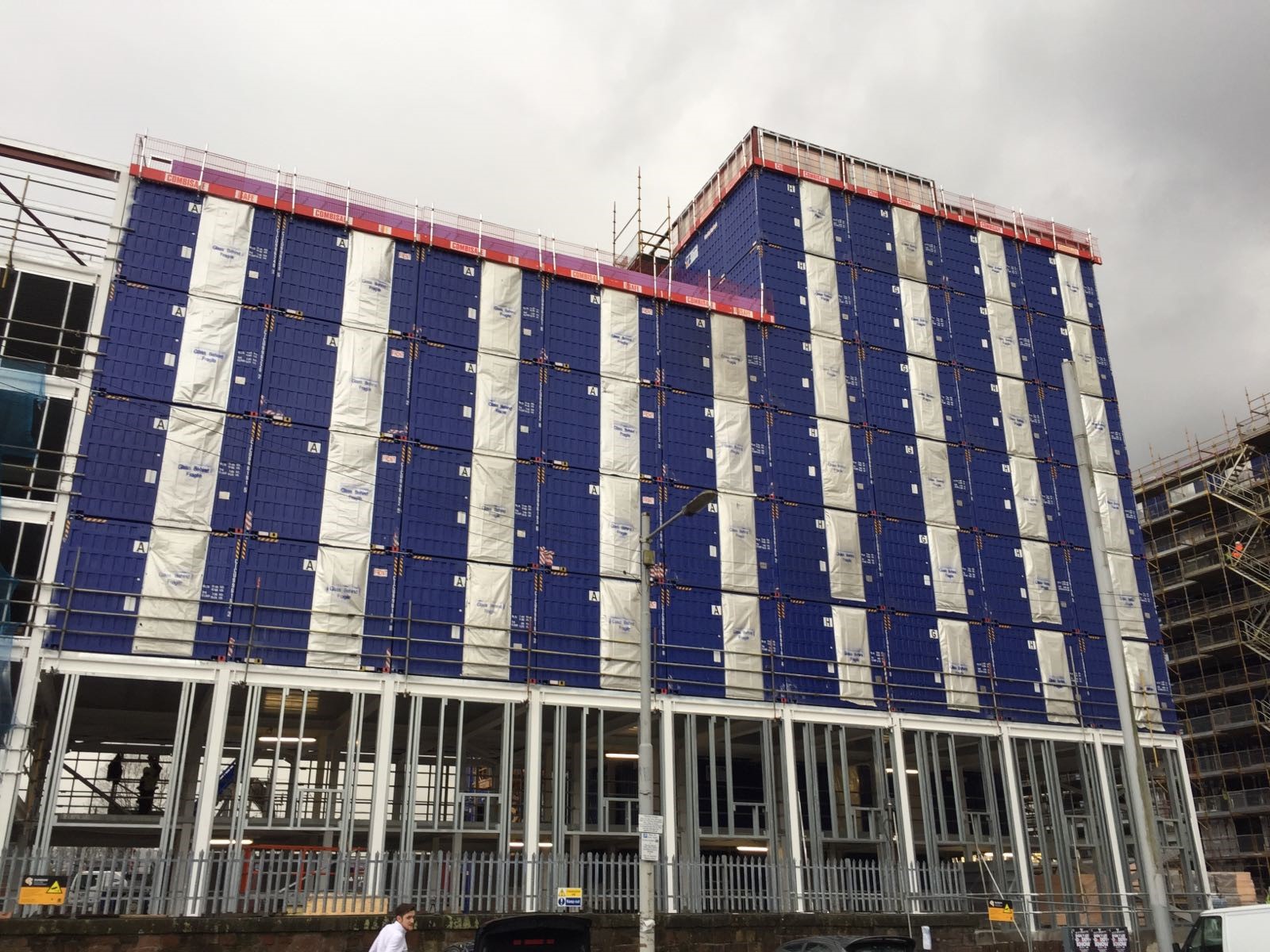 More and more residential and bedroom accommodation is going
More and more residential and bedroom accommodation is goingmodular – using ThermaSkirt
ThermaSkirt has been extremely successful in the modular construction sector because for modular builders it ‘ticks a lot of boxes’. When time is of the essence, being able to install two elements at once is a big bonus. Installing the heating system at the same time as the skirting board is a great example of this. Radiators are a 19th Century solution to a 21st century heating problem, and as most modular homes use a timber structure or sub-floor, underfloor heating is not practical or economical to run.
Thermaskirts’ advantages include:
- Combining the skirting and heating in one to speed assembly times
- Provides the skirting boards ‘for free’ to create a very cost effective solution
- Pre-finished in a high quality epoxy powder finish reducing painting and re-work
- Integral /removable top gasket to eliminate caulking and filling.
- Available pre-cut to exact lengths to facilitate a ‘plug ‘n’ play’ install
- Available with a matching pre-finished MDF dummy for non-heated areas to complete the look
- Available in ‘wet’ central heating and electric versions
- Suitable for use with renewables such heat-pumps and solar thermal.
- Comes with a 10 year warranty.
- Saves valuable wall space and creates more useable floor area
- Creates a comfortable all-around warmth – whatever the floor finish
- ‘Above ground’ installation means assembly mistakes are easily fixed
 CIMC Production Line, China
CIMC Production Line, China
ThermaSkirt available in both wet or electric
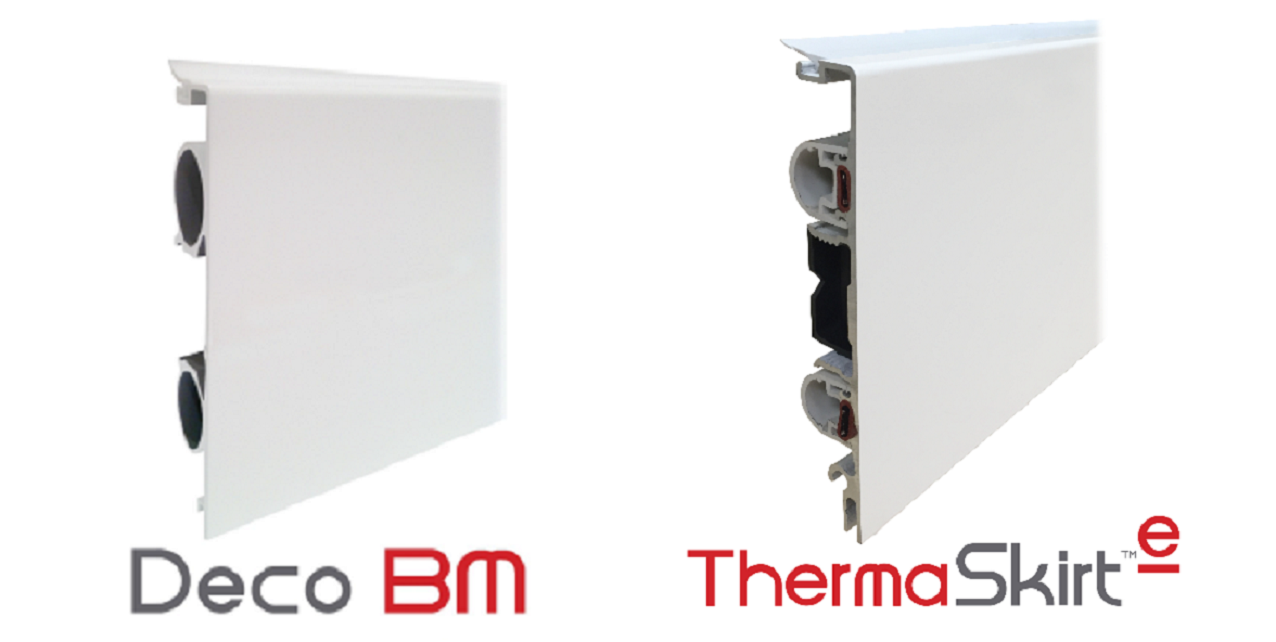 The ThermaSkirt system is available in both ‘wet’ central heating and direct electric options.
The ThermaSkirt system is available in both ‘wet’ central heating and direct electric options.
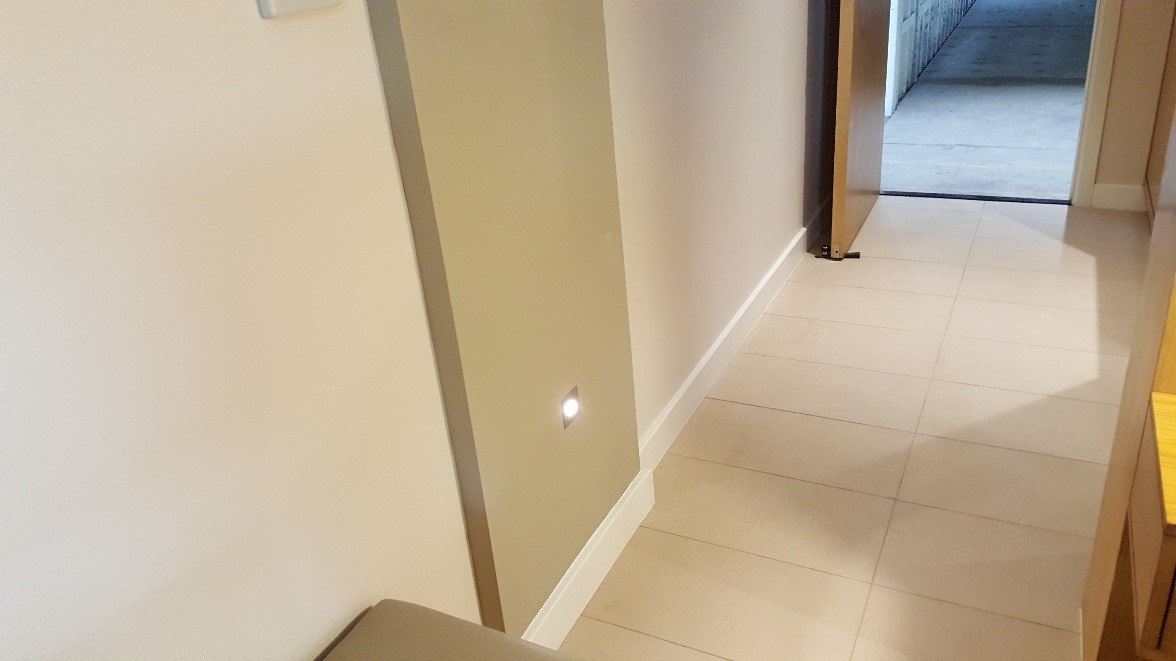 Installed ThermaSkirt skirting heating system in 450 Modular Student Units
Installed ThermaSkirt skirting heating system in 450 Modular Student Units
What DiscreteHeat can provide to your modular project:
- 10 years experience and more than 30,000 installations in retrofit and new build
- 3 years experience in modular design and construction all over the world
- Design proposal including pipework and cable runs
- Heat outputs at various flow temperatures
- 3D modelling of rooms with ThermaSkirt vs Radiators and panel heaters
- Pre-cut skirting lengths to ±3mm
- Pre-packaged room kits with all components to facilitate speedy assembly
- On site instruction and training to your assembly staff
- Technical back up and on-site commissioning assistance if required
- After sales service and trouble-shooting if required
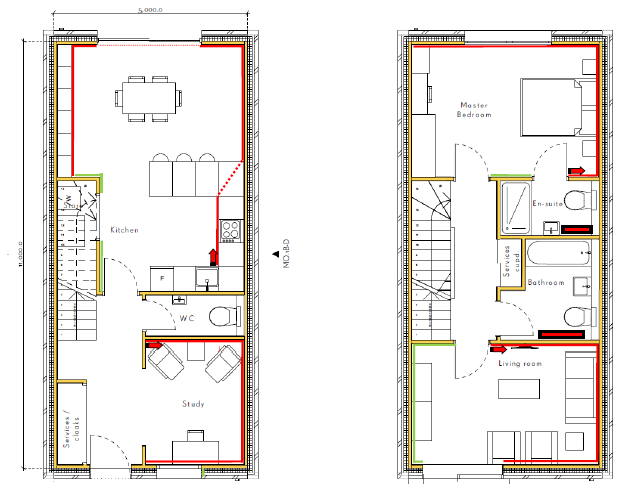 ThermaSkirt Detail Design for a typical modular house
ThermaSkirt Detail Design for a typical modular house
Why not send us your plans or ideas to enable us to provide you a detailed proposal? info@discreteheat.co.uk
Some examples of modular housebuilders.
